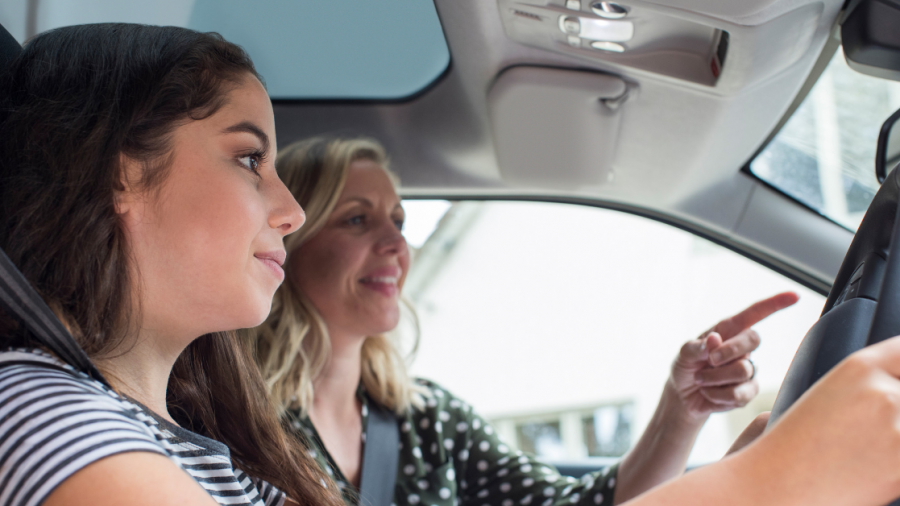Are you under 27 and need a green slip for your car? You probably have to spend more on a green slip than a more experienced driver. Find out how under 27s can save money on a green slip.
Why do green slips cost more if I’m under 27?
Greenslips for under 27 year olds cost more because the chances of having a road accident are higher. While young drivers under 26 are 14% of all licence holders, they make up nearly a fifth of all road deaths in NSW.
Young drivers tend to drive older cars, lack experience, and may be subject to peer pressure and risk taking.
- L-plate drivers are among the safest because they are being supervised.
- P1-platers are only 2% of all drivers but represent 20% of deaths and die at twice the rate of all drivers.
- A new P1-plater is 33 times more likely to crash than a learner, but their risk of crashing halves 6 months after they get their P1.
Given the extra risks of insuring young drivers, the cost of a green slip is usually higher.
How much can I save on a green slip?
To find out out how much you can save, use the greenslips.com.au Calculator. Take special care with these questions:
- Owner’s age
- Youngest driver’s age
- Youngest driver’s gender
- Do any drivers hold a provisional licence? (exclude L plates)
- How long has the least experienced driver held a licence (not including L plate)?
We used the greenslips.com.au Calculator for young drivers under 27 of an insured 2015 Hyundai i30 in the Metro area, as at 1 April 2025.
| Age | P plates | Full licence |
| 18 | $768-781 | – |
| 23 | $752-781 | $708-769 |
| 27 | $574-781 | $522-769 |
Some insurers are more competitive than others as drivers become more experienced or get a full licence. There are real savings if you buy from the cheapest insurer.
P plater savings:
- 18 year olds can save $13
- 23 year olds can save $29
- 27 year olds can save $207
Full licence holder savings:
- 23 year olds can save $61
- 27 year olds can save $247
If you compare prices using the greenslips.com.au Calculator, you can save money on a green slip.
Other ways for under 27s to save money
Save money by driving the safest car possible. Newer cars have more safety features, such as automatic emergency braking and lane-keeping assist, and are likely to crash than old cars. Did you know 43% of cars driven by young drivers in fatal crashes are over 15 years old?
We repeated the greenslips.com.au calculation for a 23 year old driver of a newer model, an insured 2022 Hyundai i30 in the Metro area.
| Age | P plates | Full licence |
| 23 | $656-781 | $586-734 |
- P plater could save $96 by driving a newer vehicle.
- Full licence holder could save $122 by driving a newer vehicle
If possible, drive the safest vehicle you can afford.
Save money, now and later, by maintaining a clean driving history with no traffic offences, demerit points, or insurance claims.
Save money on fuel by comparing the cheapest prices near you.
Always compare prices to get the cheapest green slip for under 27 year olds.


your opinion matters: